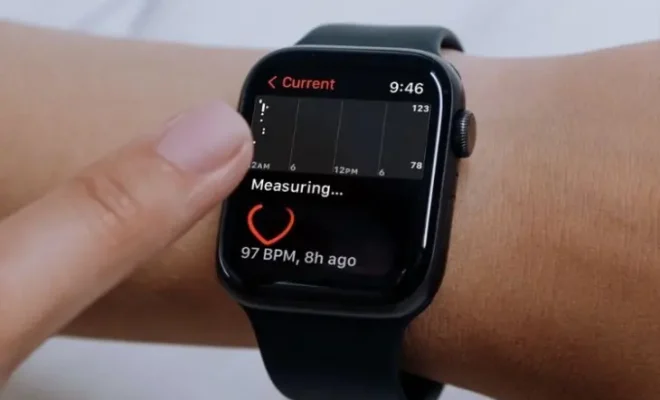Why Did Microsoft Skip Windows 9?

Microsoft, the tech giant, took a surprising decision in 2014 to skip Windows 9 and launch Windows 10 directly. The tech community was baffled by this move as the convention of numbering the software incrementally was not followed. The reasons behind skipping Windows 9 are still debated among tech experts, and multiple speculations have been made. This article explores some of the possible reasons for this decision.
Compatibility Issues
One of the main reasons behind this decision was compatibility issues with older software built for Windows 95 and 98. It is speculated that many applications check whether the system is running on Windows 95 or 98 by searching for “Windows 9” in the name. With the launch of Windows 9, this could have created issues for these older applications, as they would have been unable to differentiate between Windows 9 and Windows 95/98. Therefore, Microsoft decided not to use Windows 9 and go straight to Windows 10 to avoid these compatibility issues.
Marketing and Branding
Another possible reason could be the marketing and branding strategies. Windows 8 was not received well by users, and Microsoft wanted to create a new brand identity for its operating system. It wanted to distance itself from the negative feedback and criticisms of Windows 8 by launching a new version with a new name. By skipping Windows 9, Microsoft could create a clear differentiation from the previous versions, and make the new operating system more appealing to customers.
Trademark Issues
It is possible that Microsoft skipped Windows 9 due to trademark issues. It has been reported that another tech company had already registered the name “Windows 9” in some countries, which could create legal issues for Microsoft. To avoid any trademark infringements, Microsoft could have decided to skip Windows 9 and move straight to Windows 10.
The Future of Windows
The decision to skip Windows 9 may also be an indication of the future direction of the Windows operating system. Microsoft has stated that Windows 10 is the “last version of Windows,” and it plans to continue updating the operating system continually. By taking this approach, Microsoft can avoid the need to launch a new version numerically and create more significant updates regularly. This continuous update approach also allows Microsoft to address and resolve any issues or bugs more efficiently.






